Rhode Island in Danger of Losing ‘Our Birds’
February 13, 2023
SMITHFIELD, R.I. — The state of the state’s birds is distressing.
According to a first-of-its-kind report by the Audubon Society of Rhode Island, more than a third of bird populations — from wood thrushes to common grackles — studied on the organization’s 3,338 acres of refuges are declining. Only a quarter of the bird species are showing long-term increases in population, according to The State of Our Birds, Part 1.
The report, written by Charles Clarkson, the Audubon Society’s director of avian research, uses data collected on the society’s 14 publicly accessible refuges between Jan. 1 and Nov. 1, 2022. It’s the first effort to summarize which species use the society’s refuges throughout the year, and tracks the habitats the birds choose, long-term trends in populations, and “represents a first step toward the proactive management of birds” on Audubon refuges.
“Because of human population growth and all the things our species does to this planet, birds are becoming more and more scarce,” Clarkson wrote in the report. “Despite the numbers of binoculars, bags of bird seed, bird feeders, bird books and birding trips sold, birds continue their decline. Unless we can get a handle on the reasons behind these declines and work toward stopping them, we will lose our birds.”
Beautiful, and vital
Is there a better portent of spring than the birdsong that heralds the warming weather? Or anything as stunning as spotting the brilliant red and black feathers of a scarlet tanager high in a treetop?
But birds do much more than sport colorful plumage or help us mark the change of seasons. They help pollinate flowers and fruiting trees, control pesky insects, and disperse seeds. They scavenge dead and decaying organic matter, and otherwise contribute to our ecosystem.
“We need birds more than they need us,” Clarkson said.
The report identifies nine species as “responsibility birds” — chimney swifts, barn swallows, common yellowthroats, prairie warblers, eastern towhees, black-and-white warblers, wood thrushes, scarlet tanagers, and red-winged blackbirds — that are easy to monitor, with loud, distinct vocalizations and conspicuous habits. These birds will be studied intensely, including population size, habitat use, and nesting success. The nine birds are considered “umbrella species,” occupying similar habitats, eating similar foods, and nesting in similar locations as other birds; therefore, conserving one species may result in the conservation of other birds with like habits.
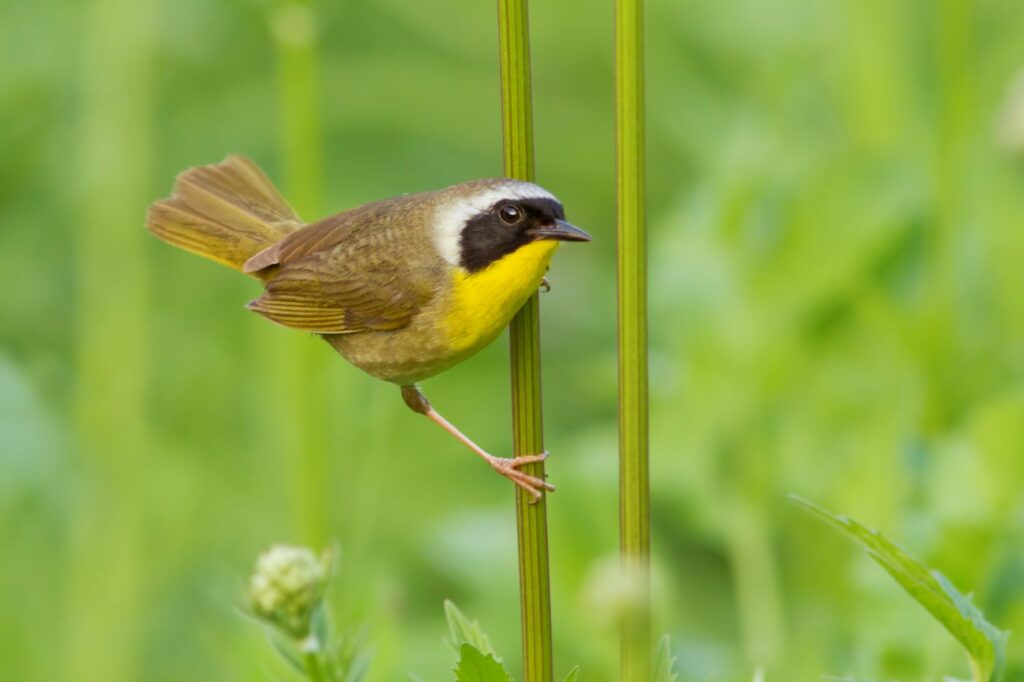
The report breaks bird habitat into “guilds,” or types, such as grassland, salt marsh, deciduous forests, scrub/shrub, and mixed forests, to name a few. The greatest declines were seen in species that spend their breeding seasons in salt marshes, grassland, and urban foraging areas, according to the report. The habitats that supported the most diversity during the breeding seasons included deciduous forests, forested wetlands, scrub/shrub, and mixed forests, according to the report.
The bird with the most diversity in its habitat, according to the report, was the white-breasted nuthatch. The Northern cardinal, meanwhile, had the least overlap in living quarters, preferring scrubby, shrubby habitats most of the time.
Life-changing climate
One of the birds most vulnerable to climate change is the saltmarsh sparrow, according to the report, which calls the small, brown-speckled bird the “poster child” of how changes in habitat can affect populations. Experts predict the saltmarsh sparrow will be extinct by 2050.
The birds are salt marsh specialists, living in higher marsh elevations and building their nests at a particular height in the marsh grass — high enough to avoid damaging nest flooding, but low enough to be out of sight of predators. They have evolved to be able to handle the regular ebb and flow of tides, with chicks learning to climb the marsh grass during high tides, and mothers returning to sit on and warm the eggs after a high tide has dampened them.
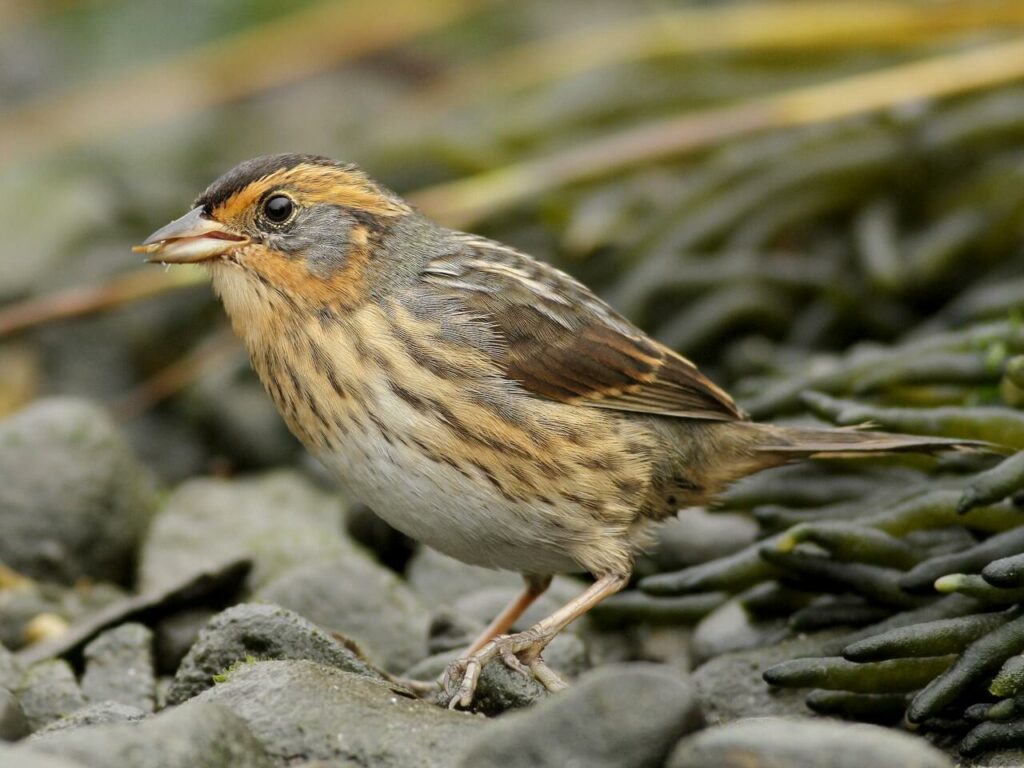
But just an inch or so of sea-level rise will decimate these birds, washing away the eggs and forcing the birds to build their nests higher in the grass, which will expose them to predators, experts say.
Birds who live in wetlands are also struggling, according to the report. Forty percent of these species, which include the marsh wren, red-winged blackbird, and swamp sparrow, have declined over the past 50 years. In the case of marsh wrens, the loss of native wetland vegetation like cattails and its replacement with non-native common reeds has led to their decline, according to the report.
But it’s not just birds who live in marshes or wetlands that are in decline. The birds you see when you look out the window — blue jays, robins, song sparrows — are also declining, according to the report.
The Audubon Society hopes to counteract this decline by building or creating new habitats for responsibility birds, in the hopes this will support other species of birds as well. In the case of the chimney swift, which has been shown to respond to the construction of roosting and nesting towers in open fields, the society plans to build such towers in refuges with extensive open habitats, such as Caratunk in Seekonk.
Other responsibility birds, such as the common yellowthroat and the prairie warbler, will be studied and monitored to see how the populations are faring on the society’s refuges.
Eighty Audubon Society volunteers visited each refuge at least twice during the overwintering season, once in January and again in February of last year; and twice during the breeding season, from May 15 to Aug. 1. They also conducted surveys during a full moon cycle in the breeding season to accurately document nocturnal birds, such as owls. Volunteers also did point counts, during which all birds either seen or heard were documented.
Across all the society’s refuges, a total of 144 birds were documented during the breeding season, and 86 during the overwintering period, according to the report.
During the breeding season, the 200-acre Caratunk Wildlife Refuge in Seekonk, Mass., saw the highest number and most species diversity, followed by the 220-acre Long Pond Woods Wildlife Refuge in Hopkinton and Fort Nature Refuge, a 230-acre parcel in North Smithfield. During the overwintering period, Touisset Marsh Wildlife (66 acres) in Warren, Emilie Ruecker Wildlife Refuge (50 acres) in Tiverton, and Caratunk Wildlife Refuge contained the largest number of species and greatest species diversity.
The Audubon Society hopes to use the report as a first step toward proactively managing the birds that use the society’s refuges.
“With the baseline data contained in this report, well-informed management plans can be implemented and conservation success becomes easier to measure,” Clarkson said. “Through this proactive conservation, we aim to keep our common birds common.”
Jeff Hall, the executive director of the Audubon Society of Rhode Island, called the report “sobering,” but, he said, it also offers a roadmap “on how Audubon will move forward to protect birds and bring threatened species back.”
“Hopefully [the report] will become a blueprint for other land conservation organizations,” Hall said.

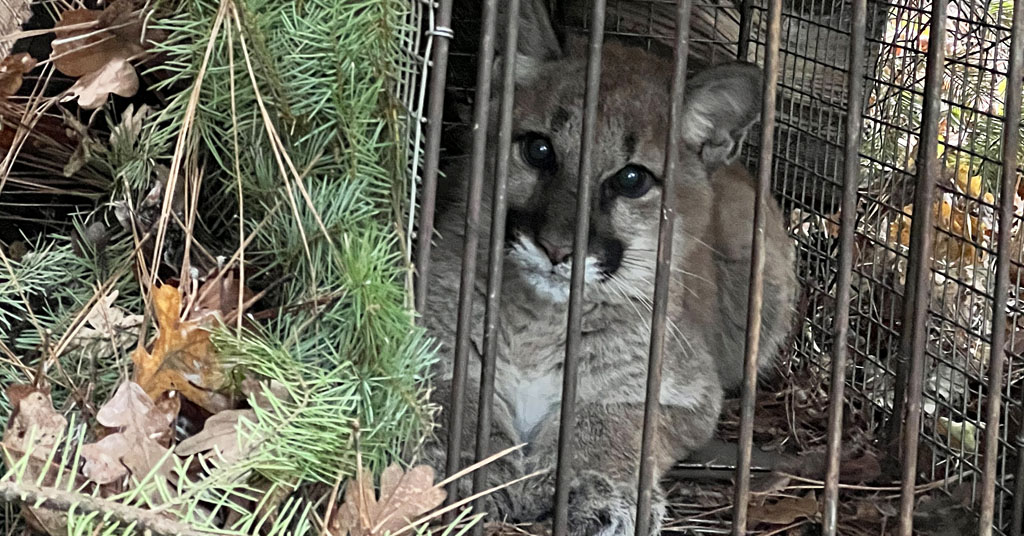
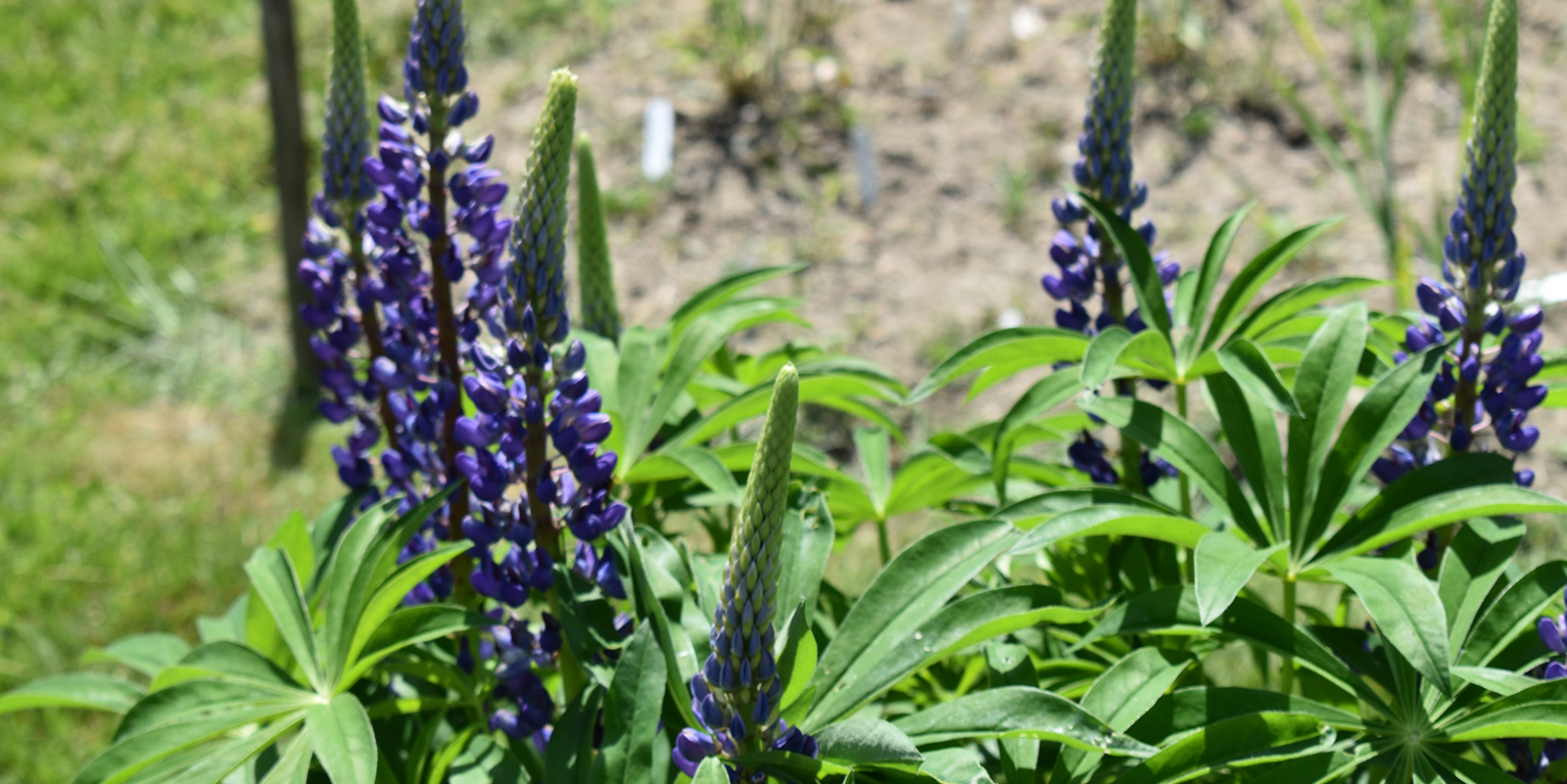
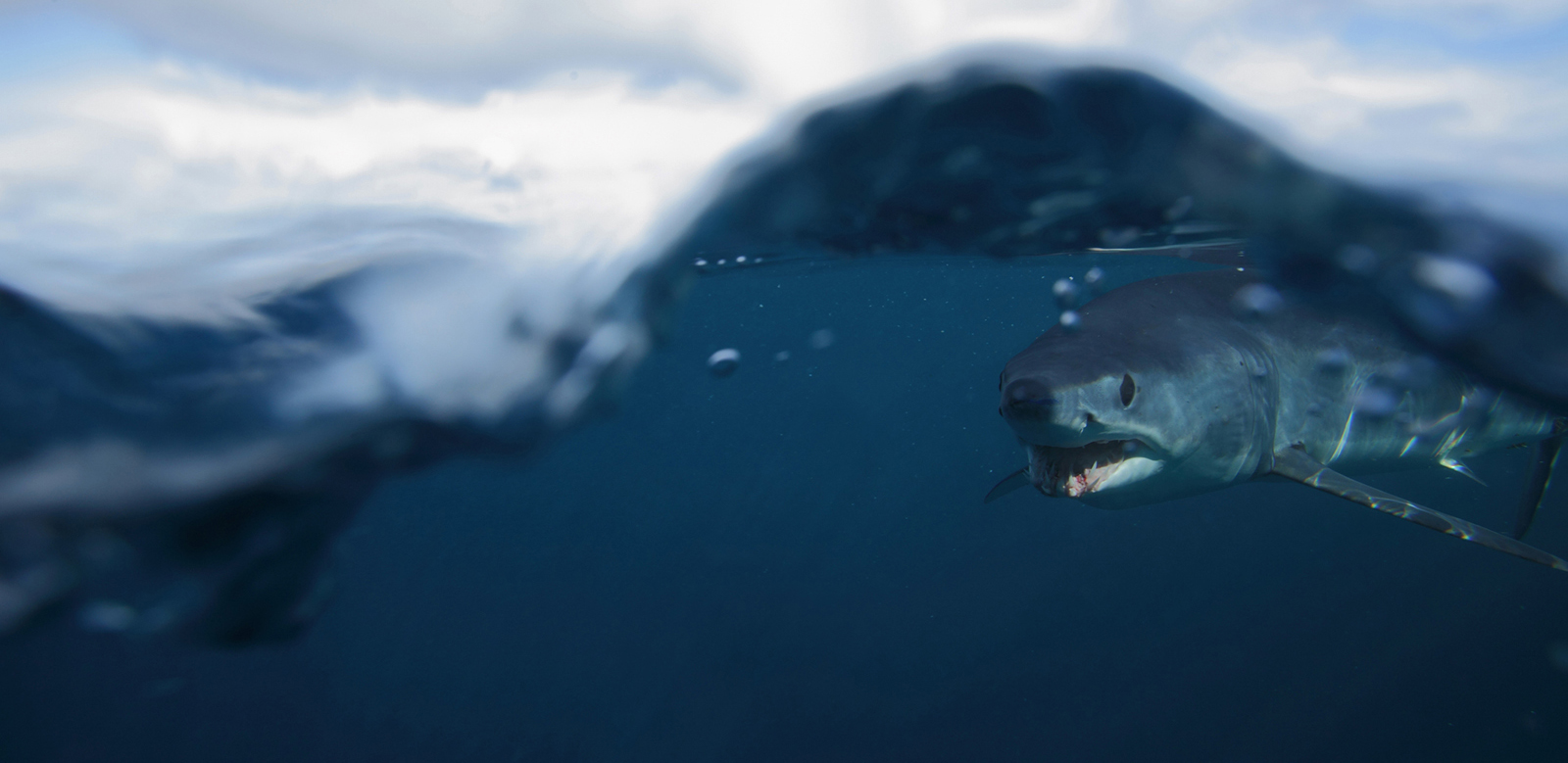
This is disturbing, but also not surprising considering the rise in avian influenza and the mysterious bird disease that swept through in 2021 and decimated bird populations. Aside from the many acres of forestland habitat that was cut down for solar projects across Rhode Island in recent years, I would add that noise pollution from various manmade sources is also a huge detriment to birds ability to breed and communicate (and to the insects that they feed upon). Very interested in seeing some follow-up as to what proactive measures will be taken in this state where wildlife rarely gets considered when it comes to land use & development and legal protections.
So much to say, but I’ll limit myself to a couple of points. First, this quote from the introduction to “The State of Our Birds.”
“Birds don’t live in a vacuum. Instead, many species occupy similar spaces in nature eating similar foods and nesting in similar locations. In this regard, conserving a given species may indirectly lead to the conservation of other birds with similar habits. This is the umbrella species concept: that conserving some species indirectly conserves others.”
Wrong. To clarify what umbrella species are, let’s look at how conservation biologist Reed Noss explained the concept in his 1994 book, “Saving Nature’s Legacy: Protecting and Restoring Biodiversity”.
“Some kinds of species have great pragmatic value for conservation, especially those we can characterize as ‘umbrellas’ or ‘flagships’. To illustrate the umbrella concept, consider a carnivore (such as a grizzly bear or wolf) that requires millions of acres of land to maintain a viable population. If we secure enough wild habitat for these large predators, many other less-demanding species will be carried under the umbrella of protection.”
The umbrella species concept has nothing to do with similar foods, similar nesting locations, or similar habits. The best example of an umbrella species in Rhode Island is the Cerulean Warbler, a bird that needs 1000’s of acres of contiguous mature deciduous forest, and because of this limitation is found in only one or two breeding locations in RI. (One of these locations is within the same forest that was slated for the Clear River Energy Center power plant in Burrillville (yes, the power plant again), a site that Audubon thought was just fine for development, as long as it wasn’t a power plant.)
Following the Noss example, if we can secure enough mature deciduous forest to protect a population of cerulean warbler, a significant amount of biodiversity would be secured along with it (the grand majority of it NOT birds).
In recent years, natural resource agencies have reinterpreted the umbrella species concept to justify ecologically destructive management programs, especially the creation of early successional habitats. A most egregious example of this misinterpretation is found in the RI Wildlife Action Plan as justification for listing the Gray Catbird as a Species of Greatest Conservation Need.
“This species is one of Rhode Island’s most familiar and common nesting species that occurs throughout the State except in the most urbanized areas….because the Gray Catbird utilizes shrub thickets that are important to many other nesting species and birds during migration, this is a useful umbrella species with which to track the condition of this habitat type.”
Apparently, the condition of shrub thickets in RI is just fine if it is providing enough habitat for one of the most common nesting species in the state. But, unless your objective is to have Gray Catbirds nesting EVERYWHERE, then identifying this bird to be an umbrella species is blatantly absurd. As it is for the nine so-called “Responsibility Birds”. I can’t imagine the science fiction that would have to be written to support the Chimney Swift as an umbrella species.
This is all rather moot when we consider another statement from the introduction. “Through this proactive conservation, we aim to keep our common birds common.”
Common birds common? One unfortunate result of the recognition that nearly all N. American birds have significantly declined in the last 50 years, is that government resource agencies, and the NGO’s that support them, have the freedom to declare that whatever management scheme they want to pursue, it will be of benefit to a declining bird. What better example than the identification of the most common bird in the state as a species of special conservation need. This single example should bring into question many of the decisions made by these groups.
What this also does is take the focus off the real issue. Resource managers insist on blaming the decline of birds on loss of habitat, an overly simplistic approach that doesn’t explain this: Why are some species declining as their habitat increases or stays the same? The Baltimore oriole has declined by at least 30%, yet its habitat flourishes in suburban neighborhoods and new subdivisions. It’s a species that has adapted to human-created habitats and it should be increasing. There is clearly something else going on.
I’ve talked about this before in ecoRI – the proliferation of a new generation of broad spectrum, “wildlife safe” insecticides that kill all insects. Widely available to the homeowner, no licensed applicator needed. These chemicals are not killing the adult birds, they are indirectly killing the nestlings because the adults cannot provide enough insect food. These new pesticides are not the whole problem, they just brought the pesticide issue into a new realm. Add in the continued and expanding use of pesticides that has been going on for decades in agriculture, pest control, etc. and is it any surprise birds are declining?
It’s time to focus on the real issues. AND it is time to stop thinking about conservation by group. Birds, pollinators, plants, amphibians, turtles, butterflies, beetles, every group has its fair share of declining members. It’s time to focus on biodiversity and not just wildlife. It’s time to focus on ecosystems and less on habitats.
AND, why do conservation groups insist on using the term, OUR birds? Birds do not exist for our pleasure, for our use. They exist as members of the biosphere of which we are also a part. They are our brethren, not our possessions. And the bird people are not the only ones. Our pollinators, our native plants. Although, I have rarely seen “our ticks.”
One problem is the ignoring of diverse species and forests that have birds we don’t easily “see”, that we call “uncommon”. They are the true Umbrella Species . They are the Canary in the Coal Mine, for taking away the mature trees we’re removing important predators, soil biome, plants, and old trees that store tons of carbon- far more carbon than the hundreds of replacement saplings planted in their well-intentioned replacement. We need to keep young trees in place. There is more than enough clearing. 99 percent of mature forest is gone. The edges of forest are increasingly new subdivisions up against mature trees acres. We have to decrease lawn size, allow tall grasses and native bushes; keep an environment niche for these kinds of birds. We must stop pesticide use, and allow young trees to mature into old forests.